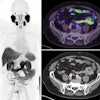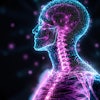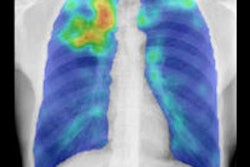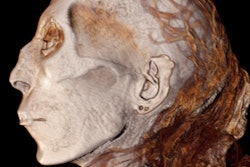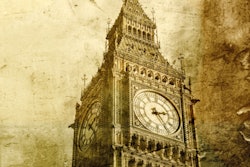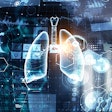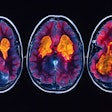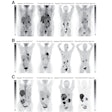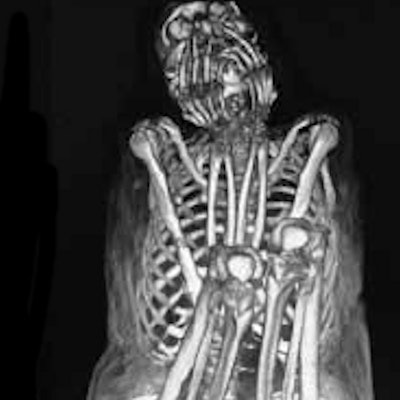
Imaging of tuberculosis and ancient mummies are two key areas of expertise among Peruvian radiologists, a special focus session revealed during last month's ECR 2017. In a question-and-answer interview, the immediate past president of the Peruvian Society of Radiology, Dr. Jorge Luis Guerrero Gil from Lima, outlines the main issues facing radiologists in his country.
What can Peruvian radiologists teach Europeans about infectious diseases?
Guerrero Gil: As in any other developing country, infectious diseases continue to be very common in Peru. Tuberculosis (TB) in particular is a population health problem and a major cause of morbidity among young adults. Medical imaging is of tremendous help in differential diagnosis of TB, and MRI has been shown to surpass CT in evaluating patients with suspected meningitis and its associated complications: hydrocephalus, vasculitis, cranial nerve involvement, and associated multiple tuberculomas.
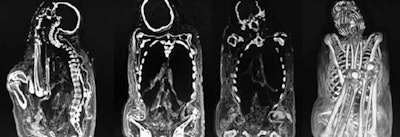 Mummification in a dry and warm area. The internal organs are dehydrated, have lost volume, and are very retracted, with the exception of the skin. All images courtesy of Dr. Jorge Luis Guerrero Gil.
Mummification in a dry and warm area. The internal organs are dehydrated, have lost volume, and are very retracted, with the exception of the skin. All images courtesy of Dr. Jorge Luis Guerrero Gil.In tuberculous spondylodiscitis, MRI is currently the modality of choice as it can be used to detect soft tissue and bone marrow changes better than any other imaging tool.
MR spectroscopy, diffusion imaging, and perfusion may help in differentiating conditions that mimic tuberculomas on conventional imaging.
In the diagnosis of infectious diseases, radiology helps identify the extension of disease and evaluate treatment response. Many infectious pathogens cause central nervous system (CNS) infection, and geographical information and clinical information significantly contribute to differentiate diagnosis. Some areas in Peru are well known for specific infectious pathology; for example, the leading cause of late-onset seizures and epilepsy in the north of Peru is neurocysticercosis.
Can you please tell us more about how you have used imaging to learn about mummies?
In Peru we have used x-rays for the study of mummies from the Paracas culture, a civilization that preceded the Incas and used to deform aristocratic babies' skulls. They also practiced cranial trepanation, one of the oldest surgical procedures for which there is archaeological evidence. CT and x-ray studies confirmed that some of the people who underwent the procedure survived the treatment, as both modalities showed signs of cicatrization, such as new growth and trepanation closure in skull bones.
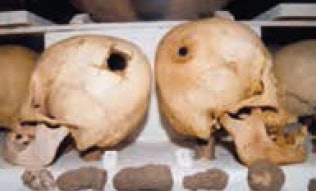 Note the trephine hole with irregular and growing edges, indicating that the patient survived and the wound healed.
Note the trephine hole with irregular and growing edges, indicating that the patient survived and the wound healed.Also, we need to know what mummification consists of and how it can be carried out: either in the artificial way as on Egyptian mummies, or mummification that occurs naturally depending on climatic conditions. In desert areas, organs dehydrate and dry up, and at high altitudes such as in the Andes Mountains, organs freeze with low temperatures. Extreme cold does not dry up organs, but it creates fat saponification, a process that leaves the organs almost intact.
Can you provide some background about radiology in Peru?
Peru is a Latin American country and it has its own peculiarities, multiple geographical conditions, and irregular demographic distribution. We are about 30 million people and our cities have different conditions of life. A few modern cities, especially on the coast, have a good level of healthcare and education facilities, whereas many other areas in the mountains and jungle do not have such good access to care.
Peru has an inefficient centralistic political environment and we will show how it affects radiology practice; centralism causes irregular distribution of hospitals, and educational and population resources in the country. So unfortunately, access to radiology is far from heterogeneous.
Every radiology modality is available in Lima and in large cities, especially on the coast. There are only two PET/CT scanners in the whole country, both in the capital.
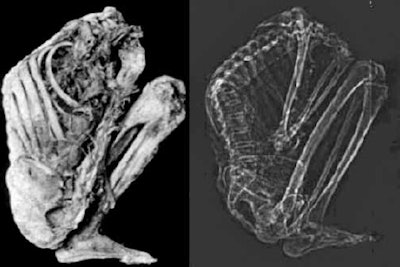 Note the typical deformation of the dorsal spine caused by Pott's disease.
Note the typical deformation of the dorsal spine caused by Pott's disease.Radiologists are distributed unevenly across the country; there are about 400 to 500 of us and half of us work in Lima. About half are not yet members of the Peruvian Society of Radiology.
The best hospitals, clinics, and universities are in the main cities. There are 25 universities in Peru, 15 of which have medical schools. There is only one national program of residency and a three-year training in radiology is included. Approximately 10 universities in different hospitals and clinics are able to train 30 to 40 radiologists a year, most of which are in Lima.
Unfortunately, we do not have any subspecialization programs; therefore most of our radiologists need to do fellowships abroad or acquire the experience at work.
The Peruvian Society of Radiology is dealing with the Peruvian Medical College to obtain supervision of radiologists' training and profession. We hope we can achieve this goal, as this would give more power to our society and help the specialty to develop more.
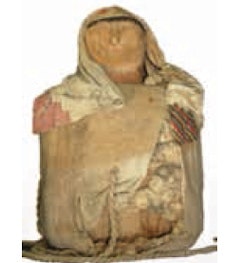
How does the situation compare with that in neighboring countries?
Economically, we are lagging behind our neighbors and Brazil, Chile, and Argentina are way ahead of us. However, I think our professional quality is excellent and perhaps superior to that of any radiologist in Europe, the U.S., or Latin America.
Let me tell you why: In the United States, a neuroradiologist excels in neuroradiology, but they do not know that much about ultrasound, mammography, head and neck, or abdominal imaging, for instance. On the other hand, a Peruvian radiologist has complete knowledge of radiology and can perform examinations with x-rays, mammography, ultrasound, CT, and MRI in the chest or abdomen, etc.
Originally published in ECR Today on 5 March 2017.
Copyright © 2017 European Society of Radiology

